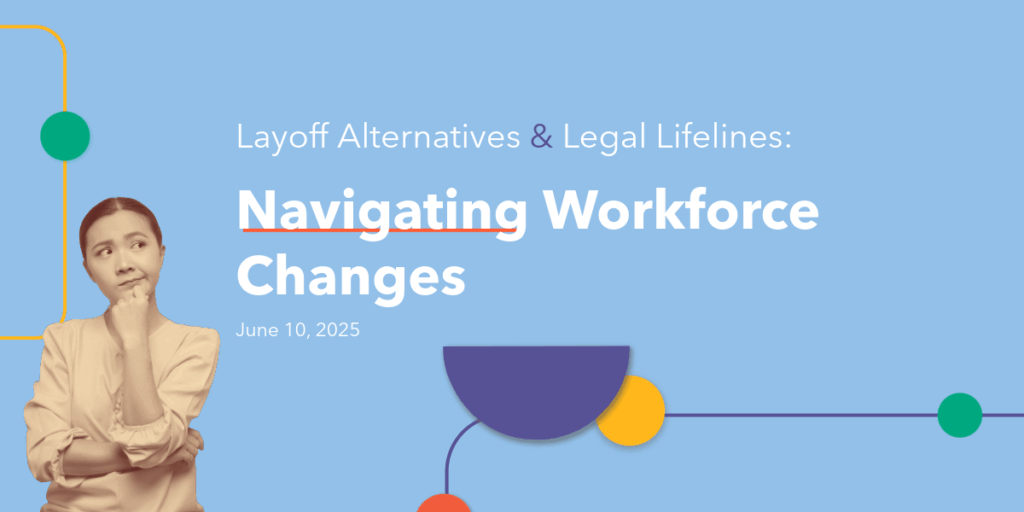[vc_row][vc_column][vc_column_text]Back in 400BC, Heraclitus wrote “The Only Thing That Is Constant Is Change”. Despite being written over 2000 years go, this quote is truer than ever today where the speed of change seems to ratchet up a notch daily.
So why then, are organizations not changing their compensation structures to keep up with the times?
When I speak with leaders, I often hear comments like “Our strength is our people”, “Our people are what make us successful”, and “Without our people…..” you get the gist. Therefore it should come as no surprise that protecting and rewarding your most important resources – the human ones – are critical to the company’s success.
I often see 2 common mindsets around compensating talent in small and mid-sized organizations, neither of which are very effective on their own.
1. “Everyone’s the same”
The “everyone’s the same” approach includes situations where everyone in a job gets exactly the same pay, or everyone gets an automatic “step” or “cost of living” increase every so often. While usually being somewhat legislatively compliant and easy for employees to understand, this approach strangles an organization’s ability to manage and reward talent in a flexible, ever-changing environment.
To be frank, I feel like this approach is a bit of a cop-out, as it requires very little energy to administer and communicate. In fact, the only people who win in this structure are the low performers …. not exactly the picture of organizational success.
2. “Everyone’s different”
The “everyone’s different” approach usually reflects a situation where each individual salary is negotiated or determined more or less in isolation, based on an opinion of the person’s value at hire. This is often done without much consideration for others doing similar work in the company, or what the market for skills would suggest is appropriate.
On the surface, this approach is much more flexible and adaptable to changing supply and demand issues, and it fits well with the entrepreneurial environment. But there are some fairly significant pitfalls too – it is not legislatively compliant and therefore not defensible if you are challenged.
And while this approach supports your ability to reward your strongest, most scarce resources, it can also cause a lack of trust amongst the general population (because people do talk…. and no you can’t fire them for that), which leads to motivation and productivity issues.
Finally, if you’re planning to grow – this approach is just not scalable, unless of course your leadership dream is to focus your time on employee relations issues! On their own, these approaches clearly come with as many risks as benefits, and will hinder rather than help your organization’s success over the long term.
So how do we fix it?
Creating a compensation structure
The secret behind a solid compensation plan is to blend these 2 lines of thinking into a consistent structure that allows flexible application. So how do we do that?
- Figure out what skills/knowledge the organization really needs by creating an internal hierarchy of jobs based on the value they bring. You should ideally use a job evaluation tool that complies with Pay Equity, but if you’re very small, you can start by establishing the relative value between your jobs more intuitively. For example – if a Receptionist is near the bottom of the scale and the CEO is at the top, where do the other jobs fall on the continuum?
- Gather some relevant intel (by relevant I mean data that reflects similar companies in size, industry, geography, etc.). Use different sources, such as industry/regional articles, networking, and published survey data if available.
HR people will cringe when I say this, but to a certain degree we are all commodities and our value ebbs and flows based on how many of us exist and how many people want to buy us.
In a scarce skills environment, recruiting is kind like an auction – everyone is bidding for a particular rookie card, and the one still in plastic, perceived to be the “best” will command a higher price. Once you have a strong handle on the “market price” of the different skills and talent you need, the next challenge is finding a way to apply that knowledge internally so that it complies with Pay Equity but still allows you to make salary decisions based on individual performance and contribution.
At a simplistic level, here’s what you need to do to create a salary structure:
- Use your hierarchy of jobs and the market intel you’ve collected, and create salary ranges for each job, not each person.
- Give your ranges a Min/Mid/Max; with the Mid being the rate that you feel best reflects the market price of jobs assigned to that range. The min and max allow flexibility in deciding actual salaries within the range.
- Assign individual salaries based on the individual’s specific value within the range for the job. This allows you to recognize specific skills, knowledge and track records/performance, while staying with a range that is reasonable within the market.
If you build a simple structure and administer it consistently and fairly (this doesn’t mean everyone gets the same, it means that everyone is assessed on the same parameters), you’ll be more successful at attracting and retaining the skills you need.
The market is always changing, so keep on top of it, and it will work for you!
[/vc_column_text][vc_column_text]
We love to work with organizations to develop a solid compensation plan. Through our partnership with BenchMarket, eligible BSG clients also have unique access to benchmark salary data for specific roles, for free or at greatly reduced pricing. Learn more[/vc_column_text][/vc_column][/vc_row][vc_row][vc_column width=”1/4″][mk_circle_image src=”https://www.businesssherpagroup.com/wp-content/uploads/2016/04/Helen-Robert.jpg” image_diameter=”300″][/vc_column][vc_column width=”3/4″][vc_column_text]
About the Author
Helen Robert is a Certified Compensation Professional and co-founder of BenchMarket, a leading provider of specialized compensation related guidance, advice and market intelligence. Helen brings over 25 years experience to the field of Human Resources with a specialization in Compensation and Total Rewards. Her experiences include various advisory and management roles with Mitel Corporation, and as a trusted BenchMarket consultant to many organizations across Ontario.
[/vc_column_text][mk_contact_info email=”helen@businesssherpagroup.com”][/vc_column][/vc_row]










